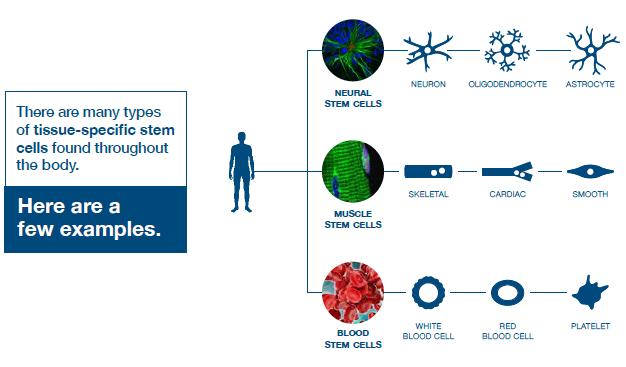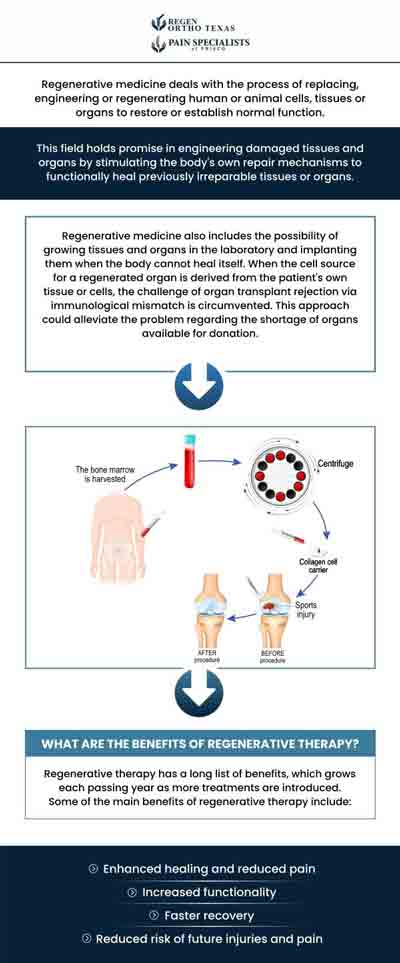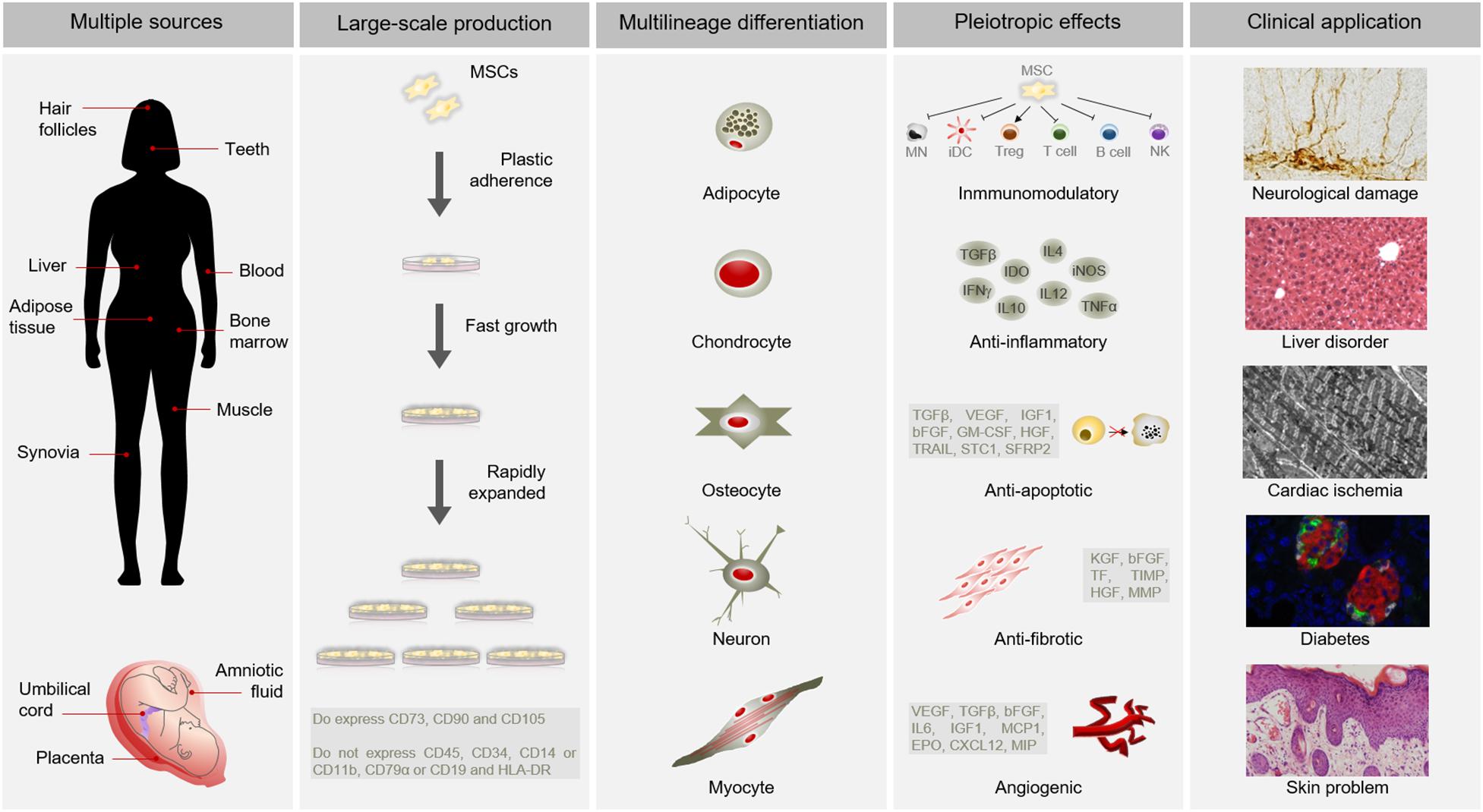Table of Contents

[/image][=video]
[/video]
There are lots of types of stem cells. In general, the term stem cell refers to a classification of cells that give surge to various other cells (like skin, blood, heart, and muscle mass cells) by duplicating and differentiating in feedback to chemical hints. Totipotent stem cells show up at the earliest stage of development and are the only stem cells which can generate beginning stem cells and the placenta.
Bone marrow transplant (BMT) is an unique therapy for individuals with specific cancers or other diseases. A bone marrow transplant includes taking cells that are normally found in the bone marrow (stem cells), filtering system those cells, and providing back either to the benefactor (individual) or to an additional person. The objective of BMT is to transfuse healthy bone marrow cells right into a person after his or her own undesirable bone marrow has been treated to eliminate the irregular cells.
The blood cells that make other blood cells are called stem cells. The most primitive of the stem cells is called the pluripotent stem cell.
It is the stem cells that are needed in bone marrow transplant. The objective of a bone marrow transplant is to cure numerous diseases and sorts of cancer cells. When the doses of radiation treatment or radiation needed to heal a cancer are so high that a person's bone marrow stem cells will certainly be permanently damaged or destroyed by the treatment, a bone marrow transplant may be needed.
Medical Group servicing Dearborn, Michigan
This procedure is commonly called rescue. Replace bone marrow with genetically healthy and balanced operating bone marrow to stop even more damage from a genetic illness process (such as Hurler's disorder and adrenoleukodystrophy). The dangers and benefits have to be weighed in an extensive discussion with your health care service provider and specialists in bone marrow transplants prior to the procedure.
There are different kinds of bone marrow transplants depending upon that the benefactor is. The different kinds of BMT consist of the following: The donor is the patient himself or herself. Stem cells are taken from the person either by bone marrow harvest or apheresis (a process of accumulating outer blood stem cells), frozen, and afterwards repaid to the individual after intensive treatment.
The benefactor shares the exact same genetic kind as the client. Stem cells are taken either by bone marrow harvest or apheresis from a genetically matched benefactor, usually a sibling or sister. Various other benefactors for allogeneic bone marrow transplants may consist of the following: A haploid-identical match is when the benefactor is a parent and the genetic suit is at least half similar to the recipient.

Matching includes typing human leukocyte antigen (HLA) cells. The antigens externally of these unique leukocyte establish the genetic makeup of a person's immune system. There go to least 100 HLA antigens; nevertheless, it is believed that there are a few major antigens that determine whether a donor and recipient suit.
Medical study is still exploring the duty all antigens play in the procedure of a bone marrow transplant. The more antigens that match, the better the engraftment of given away marrow. Engraftment of the stem cells happens when the given away cells make their method to the marrow and begin making new members cells.
Medical Group
All people collaborate to offer the most effective possibility for an effective transplant. The team contains the following: Doctor who specialize in oncology, hematology, immunology, and bone marrow transplantation. A registered nurse who organizes all aspects of treatment offered before and after the transplant. The registered nurse planner will supply individual education and learning, and works with the diagnostic screening and follow-up treatment.
Specialists that will certainly aid you fulfill your nutritional demands prior to and after the transplant. A number of various other group members will certainly review you prior to transplantation and will offer follow-up care as needed.

A full clinical background and physical test are executed, consisting of multiple examinations to assess the person's blood and body organ functions (for instance, heart, kidney, liver, and lungs). An individual will certainly commonly come into the transplant facility up to 10 days prior to transplant for hydration, assessment, placement of the central venous line, and other preparations.
Blood products and medicines will be given via the catheter throughout therapy. For an allogeneic transplant, an ideal (tissue entered and matched) donor has to be readily available. Finding a matching donor can be a challenging and prolonged process, especially if a sibling match is not readily available. Voluntary marrow contributors are signed up in numerous national and global computer registries.
Donor sources readily available consist of: self, sibling, parent or relative, nonrelated person, or umbilical cable from an associated or nonrelated individual. There are national and worldwide windows registries for nonrelated people and cable blood.
Perimenopause Treatment
Tests associated to his or her wellness, exposure to viruses, and hereditary evaluation will certainly be done to determine the extent of the suit. The benefactor will be offered guidelines on how a bone marrow contribution will certainly be made. As soon as a suit for a patient requiring a bone marrow transplant is found, then stem cells will certainly be gathered either by a bone marrow harvest.
Or by a peripheral blood stem cell collection. This is where stem cells are collected from the circulating cells in the blood.
Navigation
Latest Posts
Medical Group in Dearborn
Regenerative Therapy in Dearborn, Michigan
Menopause Therapy around Dearborn, Michigan